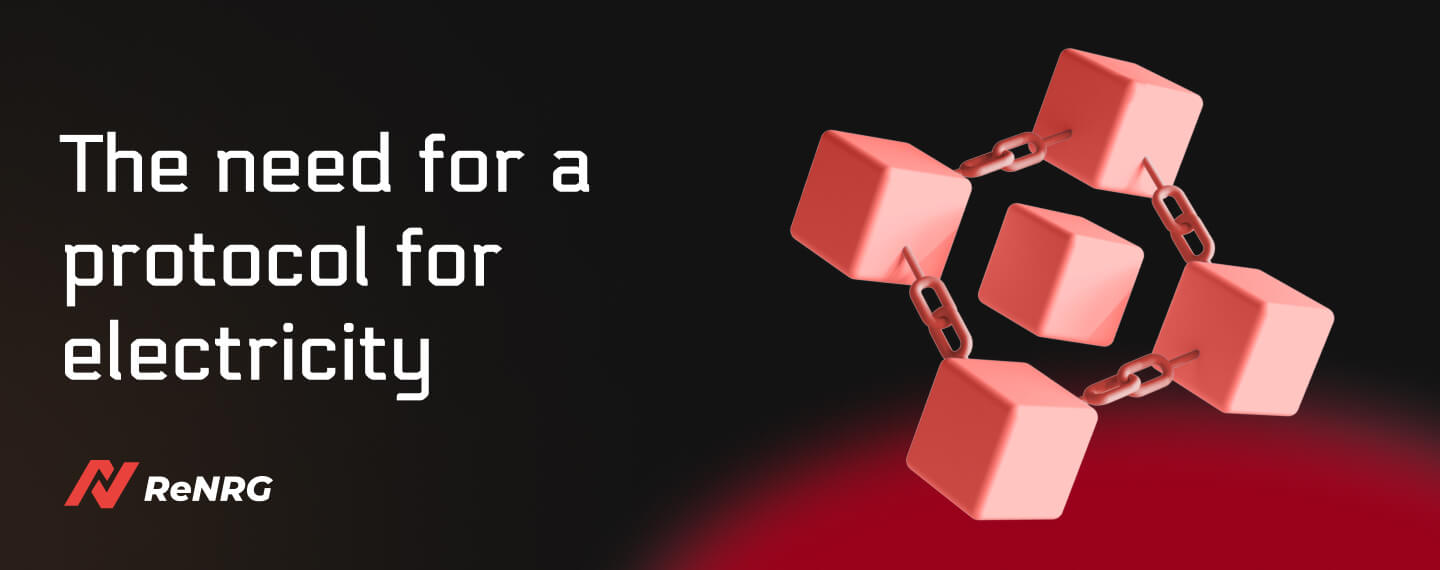Key Takeaways
- The current grid lacks live coordination, transparency, and digital readiness.
- A crypto protocol can automate and streamline global energy transactions.
- ReNRG connects physical energy infrastructure with on-chain payments.
- Decentralized systems enable a smarter, cleaner global “virtual grid.”
The Hidden Dependence on Electricity
What Electricity Can Learn from Payments
Barriers to Innovation in the Energy Sector
Our Solution: A Unified Electricity Protocol
Consider the possibilities. You drive up to any EV charger, plug in, and pay with a single app. No more hopping between provider apps. Utilities could settle bills automatically, with the meter itself making transactions. Even more interesting are add-ons like energy-related insurance. If your solar inverter goes down, the system could trigger automatic claims and payouts. That means no paperwork, just an instant transaction backed by the protocol.
Decentralized Grid Management: A Vision for the Future
FAQs
The electricity grid wasn’t built for the internet age. It lacks real-time coordination, transparency, and interoperability qualities that modern protocols like those in finance or crypto provide. ReNRG introduces a communication and transaction layer for electricity, enabling smarter, more flexible energy management.
Current systems are siloed, with proprietary hardware and limited interoperability. ReNRG’s protocol connects diverse energy assets (like solar inverters or EV chargers) and enables seamless, on-chain payments, automation, and coordination across the grid.
Imagine paying for any EV charge from a single app, getting real-time solar payouts, or even receiving automatic insurance settlements when equipment fails. ReNRG’s system turns electricity into a programmable, user-friendly asset just like money in a digital wallet.
Decentralized grid management allows individual users to contribute to grid stability, earn rewards, and prove green energy usage. This unlocks global participation and lays the groundwork for a “virtual grid” that complements our physical infrastructure.
